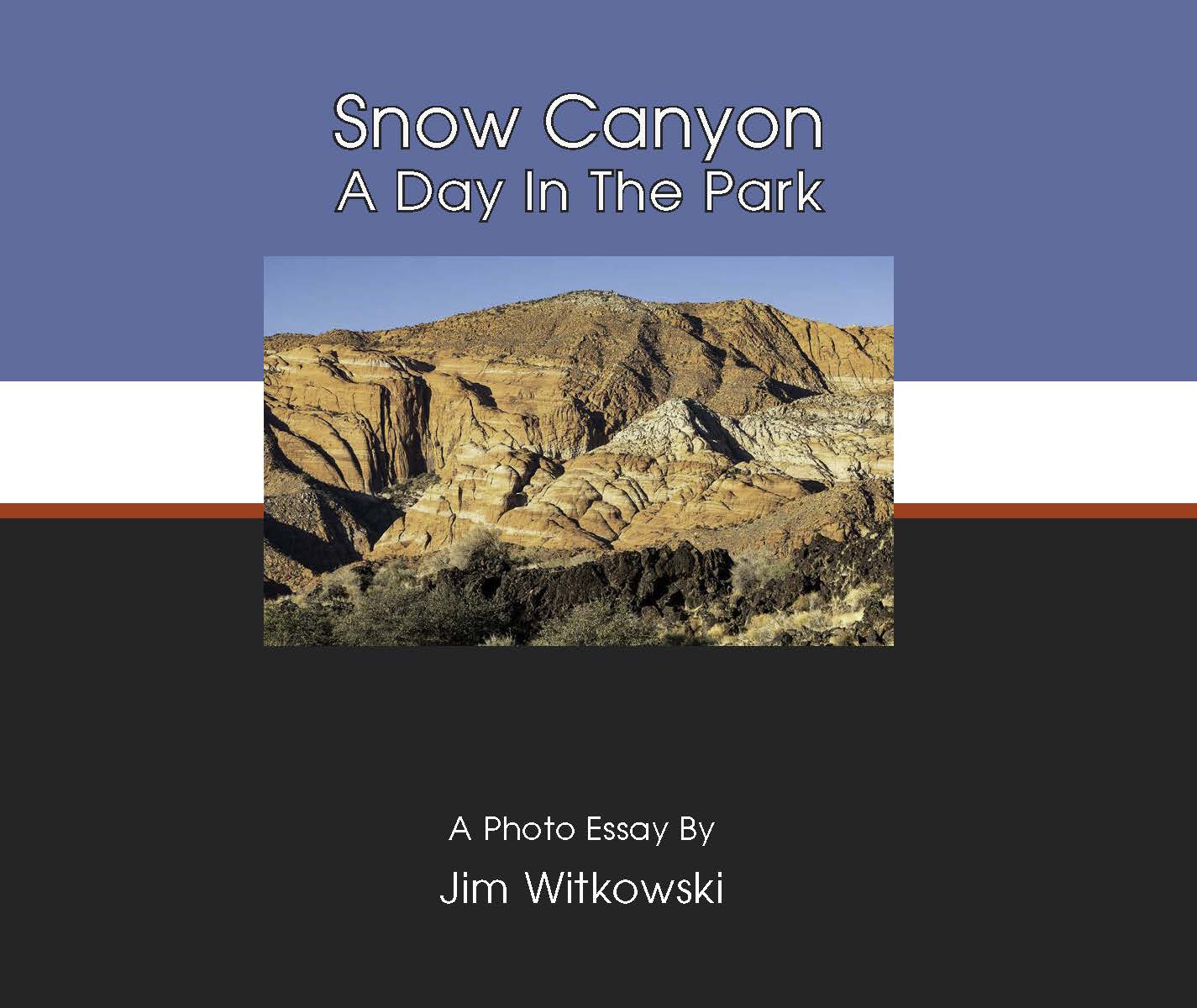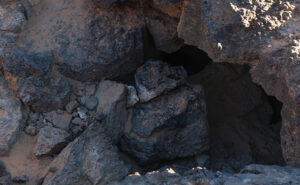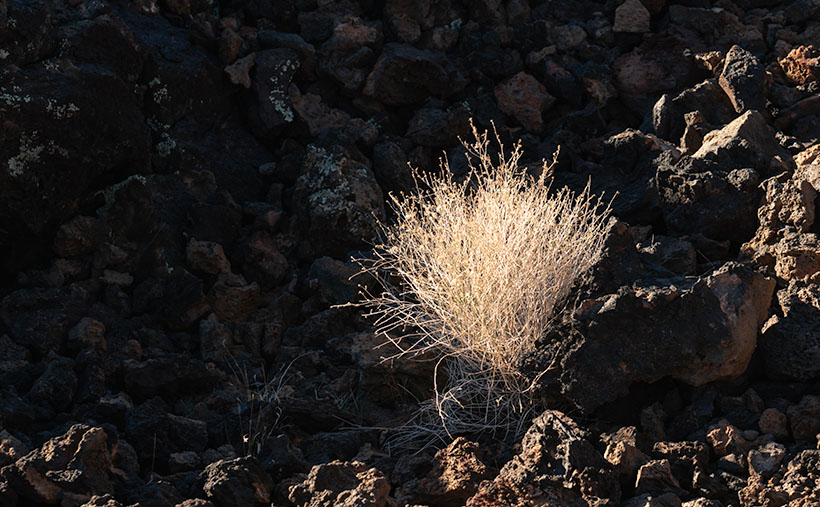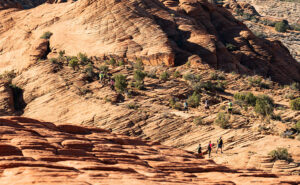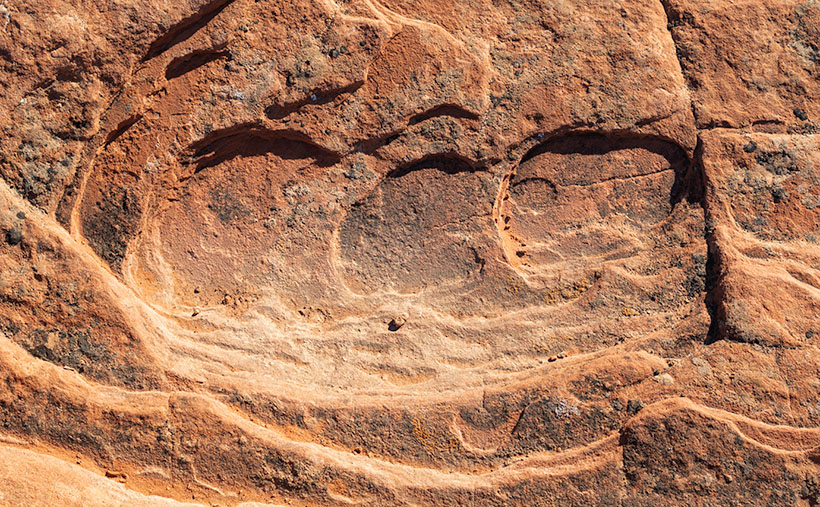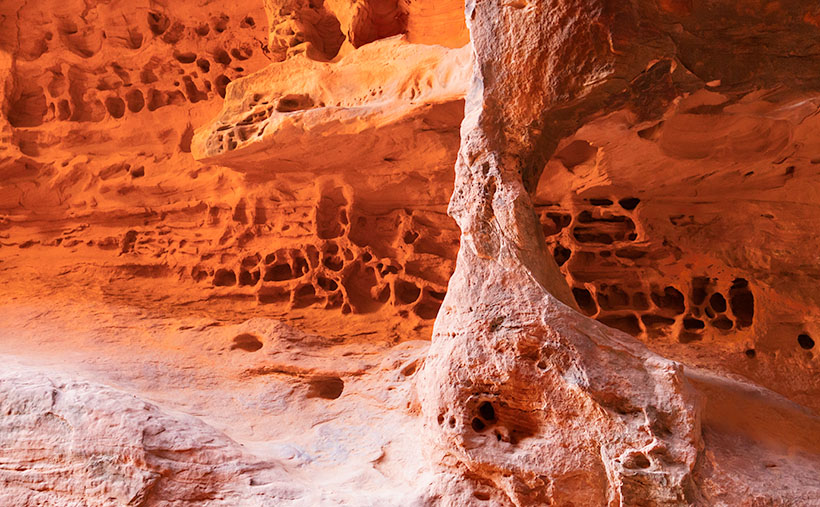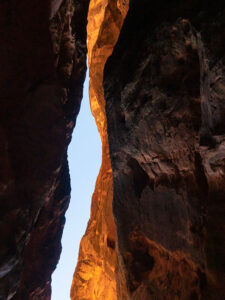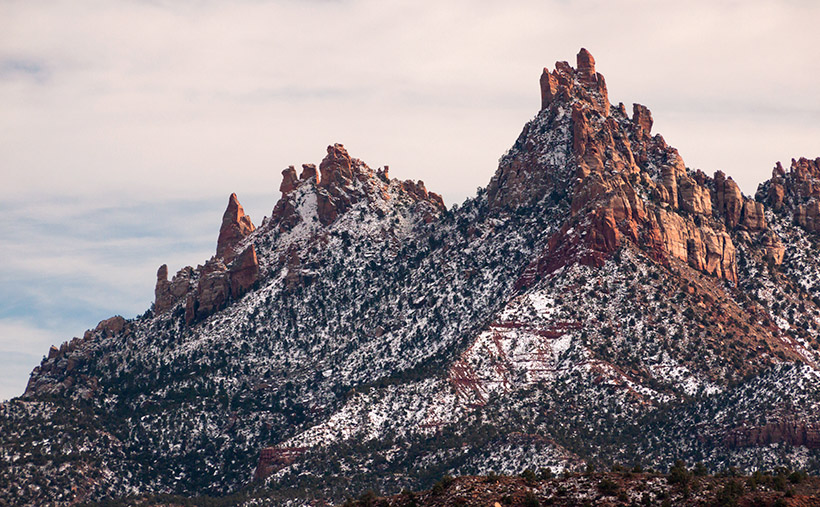
Have you ever been in a situation where you had to resort to Plan B at the last moment—and in the end, Plan B was always the better choice? In a convoluted way, that’s what I did to bring you this week’s picture. Let me start at the beginning.
When I set up my December project, I already had four photos picked out. Three of them went up without a hitch, and the last was scheduled for today. I thought it was a doozy—a view of looking down the stairwell of the Hassayampa Inn. You know, one of those shots where the stairs wrap around the frame and seem to go on forever. In the photography world, if you see a shot like that and don’t snap the photo, they will revoke your Artist License.
When I looked at the file closely this week, it was too blurry. The stairwell was dark, and I didn’t hold the camera steady enough while the shutter was open. If you saw it from across a large room, you couldn’t tell, but on close inspection, it looked like something my Aunt Kay would take. I gave up and deleted the file like the professors told me.
Now I panicked and started looking through my files for an alternative. This is where I got distracted and began chasing squirrels. My RAW image files are only halfway organized. I started a system a couple of years ago where I keep them grouped by State-Location-Year (I have so many Arizona pictures that I include a county folder, State-County-Location-Year). Since we moved to Congress, I’ve used this system, but my older files haven’t yet been sorted. It’s one of those Round-To-It things. You’ve probably guessed that I picked this week to start organizing and forgot that I was looking for this week’s post.
I was working on a 12-year-old file from a trip that my friend Jeff and I made to Zion National Park. We’d driven there on the long Thanksgiving weekend and shared a motel room. One image mixed in among the others was a shot of a Vermillion Cliffs uplift called Eagle Crags. When I looked at this image, I wondered, “Why haven’t I ever shown this file?” The mystery was solved when I looked at the file data. The camera that I used had a limited file size and couldn’t be used to make decent prints, so I considered it a snapshot of the weekend.
As I looked at the broken snow-covered sandstone, I remembered that Adobe had added a Photoshop tool that added pixels to an image from thin air—using artificial intelligence. So, I dug around and processed my small file using the “Super-Rez” tool, and the results were impressive. The original file would comfortably fit on a 5”x4” photo, but if you visit my store, you can see what it would look like 5 feet wide. It’s good enough to include on my Web Pages. So while I’m stuck in the house recovering from the crud Queen Anne passed to me, I can wade through more files and discover other hidden gems.
You can see a larger version of Eagle Crags on its Webpage by clicking here. I hope you agree that it’s a lovely Christmas card from Queen Anne and me. Next week we begin a New Year, a new month, and a new project. Be sure to come back then and see where the road takes us.
Till next time
Jw
BTW:
From the Witkowski household to you, we wish you a Merry Christmas and a prosperous New Year.

